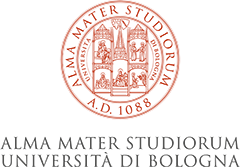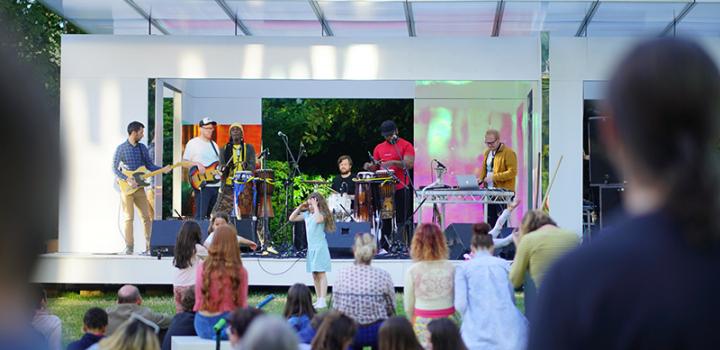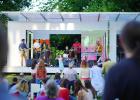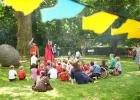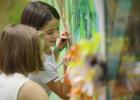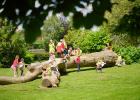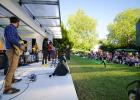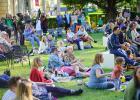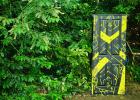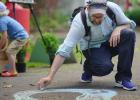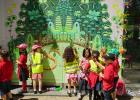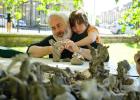Identification Plan
Name of the institution
Bath Spa University (UK)
Address
Newton Park, Bath BA2 9BN, UK
Official e.mail address
p.hay@bathspa.ac.uk
Web Site
Year of the project
2014 ongoing
Project coordinator(s)
Dr Penny Hay, Andrew Grant RDI
Partnerships with other institutions
Grant Associates and House of Imagination (co-founders), Bath Spa University, Feilden Clegg Bradley Studios, RSA and Imaginnovation, National Trust, Bathscape, Holburne Museum, Egg Theatre, the Arts Council England, Grant Associates and GALA
Duration of the project
other (fill out)
2014-2023
Category of participants
other
All ages
Number of participants
200
Fields of experience
art
interculturality
Type(s) of experience
visit/tour
didactic activity/atelier
exhibition
Location
school
cultural institution (museum, theatre...)
Aims of the project (3 max)
- Celebrating imagination, the arts and nature connection
- Imaginative solutions to the ecological emergency
- Working with artists as role models through a creative pedagogy
- Enquiry based learning and creative reflection

Pedagogical Plan
Intellectual/Cognitive Aspects
Basic knowledge
Artists co-design imaginative solutions to the ecological emergency;
Children express their thoughts ideas and feelings through creative arts practice, working alongside artists;
Schools develop understanding of creative pedagogies in city spaces, profiling agency and relationships in learning
Children express their thoughts ideas and feelings through creative arts practice, working alongside artists;
Schools develop understanding of creative pedagogies in city spaces, profiling agency and relationships in learning
Elaboration process
Creative arts processes and practice have been developed with participants;
Creative and imaginative learning has demonstrated the transformational power of the arts;
Educators are more confident with child-informed learning;
Cultural centres (theatre and museums) are fully engaged in the partnership
Creative and imaginative learning has demonstrated the transformational power of the arts;
Educators are more confident with child-informed learning;
Cultural centres (theatre and museums) are fully engaged in the partnership
Socio-relational Aspects
Autonomy
Children have had the opportunity to find and follow their fascinations;
Students and teachers have developed freedom of expression, without prescriptive models of learning
Students and teachers have developed freedom of expression, without prescriptive models of learning
Cooperation
Participants co-created a shared space for enquiry and collaboration;
Artists invited the children to focus on their own interests and curiosities;
Artists worked together to co-design a creative learning invitation for families
Artists invited the children to focus on their own interests and curiosities;
Artists worked together to co-design a creative learning invitation for families
Aesthetic/emotional/linguistic Aspects
Use of different sensory channels
All arts learning experiences have been multisensory. We created a space of dialogue for participants to discuss their shared creative processes
Use of the body
Learning is embodied in spaces of enquiry;
participants moved freely around the spaces
participants moved freely around the spaces
Use of the language (oral expression)
We encourage oral expression through communication, sharing and reflection;
Students share their creative processes with artists and reflect on their experiences together
Students share their creative processes with artists and reflect on their experiences together
Use of written artistic resources (graphic expression)
Students, artists and educators keep a reflective journal to document their won creative processes
Methodological plan
Performative approach
Creative learning processes are developed with students, artists and educators We prioritise a public creative pedagogy, sharing our learning in the public realm

Narrative approach
Visual narrative involves:
- exhibitions
- high quality documentation
- articles and case studies
- newsletters, blogs, social networks
- websites of all partners

Playful approach
Emphasis is on playful, imaginative expression in and through the arts;
Spaces for dialogue and reflection are created to share learning
Spaces for dialogue and reflection are created to share learning
Observation/reading/production
Emphasis is on the process not the outcomes;
Creative learning in creative environments;
Positive and empowering relationships between artists, children and educators;
Innovative approaches to pedagogy;
Involvement of cultural centres in community of practice
Creative learning in creative environments;
Positive and empowering relationships between artists, children and educators;
Innovative approaches to pedagogy;
Involvement of cultural centres in community of practice
Soft skills
creative thinking
Brief description of the project
Forest of Imagination is a partnership between Grant Associates, House of Imagination,
Feilden Clegg Bradley Studios and Bath Spa University, working alongside the creative,
cultural and educational community of Bath. Each year we re-imagine a familiar space to
highlight the importance of nature and imagination in all our lives.
Forest of Imagination is an inclusive, creative community arts event. Convening artists,
creative professionals and families across a range of spaces, we collectively respond to the
climate emergency with imaginative, creative solutions and actions.
Feilden Clegg Bradley Studios and Bath Spa University, working alongside the creative,
cultural and educational community of Bath. Each year we re-imagine a familiar space to
highlight the importance of nature and imagination in all our lives.
Forest of Imagination is an inclusive, creative community arts event. Convening artists,
creative professionals and families across a range of spaces, we collectively respond to the
climate emergency with imaginative, creative solutions and actions.
Stages of the Project
Initial phase
Description of the activity
- Artists work with schools and settings to co-design installations
- Forest of Imagination team co-designs a learning invitation for children / teachers / educators alongside artists
Intermediate phase
Description of the activity
- Residencies in schools to co-design installations
- Artists and children work together to develop ideas
Final phase
Description of the activity
- 3-4 weeks of exhibition, performances and installations
- School visits and creative workshops
- Professional development for teachers
Results of the project (3 max)
Forest of Imagination invites imaginative and aesthetic responses to the climate emergency;
Children develop their artistic sensibilities and awareness of climate change;
New spaces of possibility emerge for students’ creative enquiries, expression and reflections
Children develop their artistic sensibilities and awareness of climate change;
New spaces of possibility emerge for students’ creative enquiries, expression and reflections
Other documentation
Hyperlinks
Continuity of the project over the years
Yes
Techniques
All art forms
Materials used
All media
Artifacts produced
Exhibition, film and case studies

